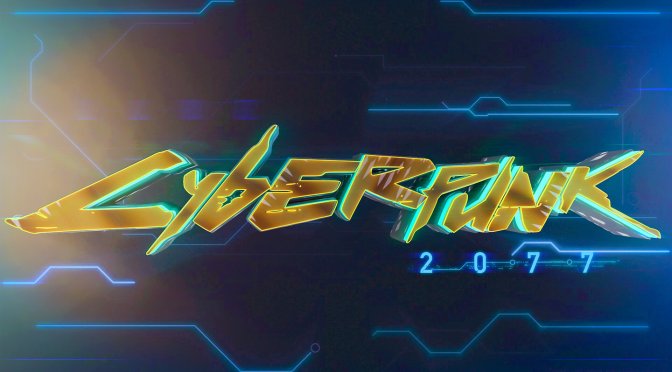It appears that NVIDIA will showcase Cyberpunk 2077’s RT Overdrive Mode, which will have RTX Path Tracing, at GDC 2023. NVIDIA will hold a presentation at GDC 2023, in which it will provide more details and information about this upcoming Ray Tracing Mode.
As NVIDIA stated, RTX Path Tracing aims to minimize constraints put on the content creators by delivering pixel-perfect soft shadows and indirect light contribution in fully dynamic environments from all the lights.
CD Projekt RED has not shared yet any release date for this RT Overdrive Mode. My guess is that we’ll get it sometime after GDC 2023. So, in theory, the RT Overdrive Patch may release alongside the game’s upcoming Liberty City DLC.
NVIDIA announced this RT Overdrive Mode in September 2022. That was half a year ago. But hey, at least we got DLSS 3 and Reflex in January so that’s something.
Anyway, here are also the key features of this Overdrive Mode:
- NVIDIA RTX Direct Illumination (RTXDI) gives each neon sign, street lamp, car headlight, LED billboard and TV accurate ray-traced lighting and shadows, bathing objects, walls, passing cars and pedestrians in accurate colored lighting
- Ray-traced indirect lighting and reflections now bounce multiple times, compared to the previous solution’s single bounce. The result is even more accurate, realistic and immersive global illumination, reflections, and self-reflections
- Ray-traced reflections are now rendered at full resolution, further improving their quality
- Improved, more physically-based lighting removes the need for any other occlusion techniques

John is the founder and Editor in Chief at DSOGaming. He is a PC gaming fan and highly supports the modding and indie communities. Before creating DSOGaming, John worked on numerous gaming websites. While he is a die-hard PC gamer, his gaming roots can be found on consoles. John loved – and still does – the 16-bit consoles, and considers SNES to be one of the best consoles. Still, the PC platform won him over consoles. That was mainly due to 3DFX and its iconic dedicated 3D accelerator graphics card, Voodoo 2. John has also written a higher degree thesis on the “The Evolution of PC graphics cards.”
Contact: Email

